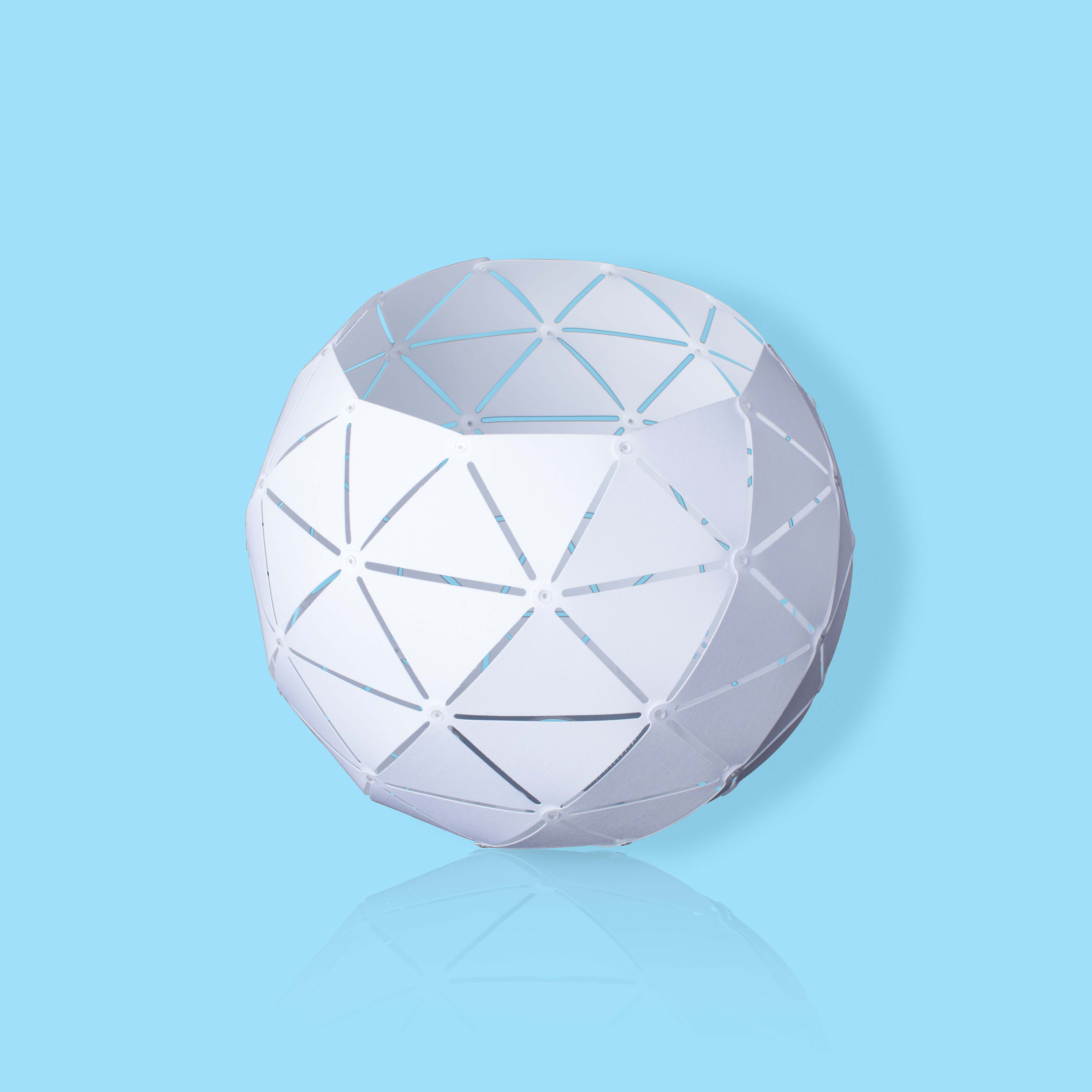Views: 5 Author: Site Editor Publish Time: 2024-07-23 Origin: Site









The differences between table lampshades, floor lampshades, and chandelier lampshades primarily revolve around their design, size, shape, material, and the specific lighting needs they fulfill. Here’s a comprehensive look at each type of lampshade and how they differ from one another:
1. Table Lampshades
Design and Size:
Smaller and Compact: Table lampshades are typically smaller and more compact than floor and chandelier lampshades.
Versatile Shapes: Common shapes include drum, cone, and bell, but they can come in a wide variety of other forms.
Portable: Designed to fit on small, movable fixtures placed on tables or desks.
Material:
Variety of Materials: Can be made from fabric, paper, glass, or metal. Fabric shades are common because they provide a soft, diffused light.
Detailing: Often feature more detailed designs and textures, such as pleats or embroidery.
Lighting Functionality:
Task Lighting: Primarily used for task lighting, providing focused light for reading or working.
Ambient Lighting: Can also offer ambient lighting to create a cozy atmosphere.
Attachment:
Harp and Finial: Often attached using a harp and finial or a clip-on mechanism that fits over the light bulb.
Aesthetic and Placement:
Decorative: Frequently used as decorative accents that complement the room’s decor.
Placement: Typically found on nightstands, side tables, or desks.
2. Floor Lampshades
Design and Size:
Larger Size: Floor lampshades are generally larger to fit on tall, standalone lamps.
Elongated Shapes: Often have elongated shapes such as drum, empire, or conical to match the height of the lamp.
Sturdy Design: Need to be sturdy and well-constructed to maintain balance on the taller lamp base.
Material:
Durable Materials: Made from durable materials like fabric, metal, or plastic to withstand potential impacts due to their height.
Simple or Plain Designs: Typically simpler in design to blend with the taller and more prominent floor lamp structure.
Lighting Functionality:
Ambient and Accent Lighting: Primarily used for ambient lighting to illuminate a broader area or accent lighting to highlight specific features of a room.
Versatile Lighting: Can be used for reading or to create a general glow in a room.
Attachment:
Spider and Uno Fittings: Often use a spider fitting (with a harp) or an uno fitting that directly attaches to the socket.
Aesthetic and Placement:
Functional Decor: Serve both a functional and decorative role in a room.
Placement: Typically positioned in corners, beside sofas, or as standalone pieces in living rooms or bedrooms.
3. Chandelier Lampshades
Design and Size:
Small and Decorative: Chandelier lampshades are typically smaller and more decorative than those used for table or floor lamps.
Variety of Mini Shapes: Shapes can include small drums, empire, or even candle-like covers.
Elegant and Detailed: Often more ornate and elaborate, featuring intricate designs.
Material:
Luxurious Materials: Made from luxurious materials like silk, glass, crystal, or metal to match the grandeur of chandeliers.
Decorative Details: May include embellishments such as beads, tassels, or intricate patterns.
Lighting Functionality:
Ambient and Decorative Lighting: Primarily used for ambient lighting and to add decorative value. They contribute to the overall aesthetic of the chandelier rather than provide focused lighting.
Soft Light Diffusion: Typically designed to diffuse light softly and create an inviting atmosphere.
Attachment:
Clip-on or Slip-over: Often attach via clip-on mechanisms that fit directly over the chandelier bulbs or slip-over designs that sit atop the light source.
Specialty Mounting: Some chandelier shades may require specific mounting hardware to fit the unique design of the chandelier.
Aesthetic and Placement:
Elegant and Central: Designed to be a focal point in rooms, adding elegance and style to the space.
Placement: Found in dining rooms, foyers, and other areas where chandeliers are common.
| Feature | Table Lampshades | Floor Lampshades | Chandelier Lampshades |
|---|---|---|---|
| Size | Smaller, compact | Larger, elongated | Small, decorative |
| Shape | Drum, cone, bell, etc. | Drum, empire, conical, etc. | Mini drums, small empire, etc. |
| Material | Fabric, paper, glass, metal | Fabric, metal, plastic | Silk, glass, crystal, metal |
| Lighting Use | Task and ambient lighting | Ambient and accent lighting | Ambient and decorative lighting |
| Attachment | Harp and finial, clip-on | Spider and uno fittings | Clip-on, specialty mounting |
| Aesthetic | Decorative, complement room decor | Functional and decorative | Ornate, adds elegance |
| Placement | Tables, desks | Corners, beside sofas | Dining rooms, foyers |
Understanding these differences can help you choose the right type of lampshade for your specific lighting needs and interior design preferences.